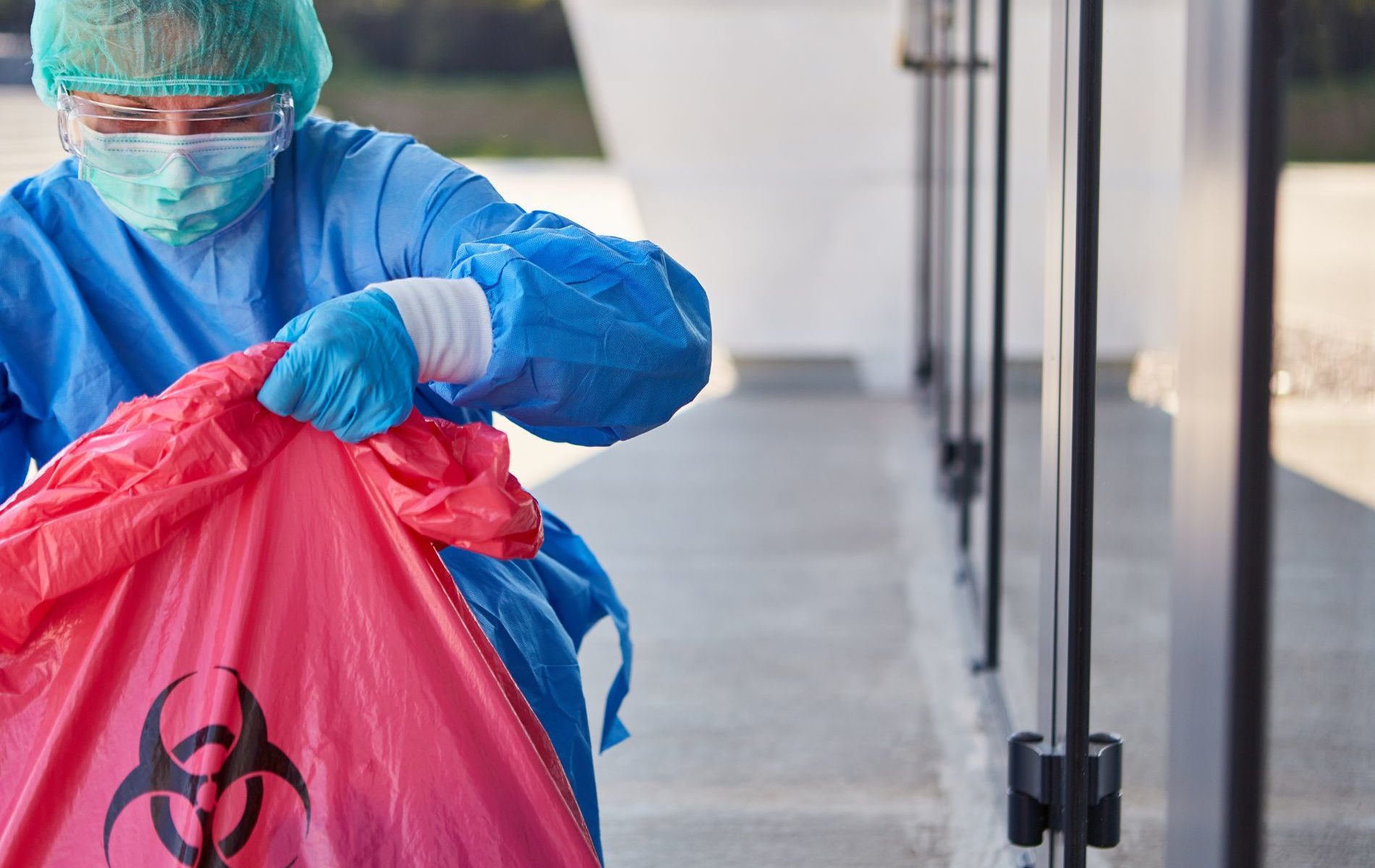Excitement About Reclaim Waste
Excitement About Reclaim Waste
Blog Article
About Reclaim Waste
Table of ContentsSee This Report about Reclaim WasteA Biased View of Reclaim WasteReclaim Waste Can Be Fun For AnyoneAll About Reclaim WasteThe Basic Principles Of Reclaim Waste
Domestic sewer waste refers to the waste and items from a property septic container. The appropriate administration and disposal of domestic sewer waste require liquid waste to be transferred to a sewage treatment plant where the correct approaches and tools are used to cleanse and dispose of waste.
Industrial waste typically includes prospective hazards, such as combustible products or a combination of fluid and strong waste items, and needs an extra sophisticated and thorough disposal procedure. The disposal of commercial waste commonly entails the filtering of waste prior to transport to make certain safe and proper disposal. Hazardous waste is developed from byproducts and runoff of industrial procedures and production.
This sort of waste can not make use of the very same sewer administration transportation or procedures as septic or commercial fluids. The hazardous waste monitoring process needs the inspection and testing of fluid waste prior to it undertakes the disposal procedure (liquid waste disposal). Runoff waste is the fluid waste that comes from drainage and excess stormwater in highly inhabited areas or cities
Drainage waste can cause contamination and flooding otherwise taken care of appropriately. Discover more about drain cleansing and waste monitoring. Making sure correct waste monitoring can stop calamities and lower environmental damage. Both people in domestic settings and professionals in industrial or manufacturing industries can take advantage of comprehending the processes and guidelines of fluid waste monitoring.
6 Easy Facts About Reclaim Waste Explained
Get in touch with PROS Solutions today to discover our waste management and disposal services and the correct means to look after the fluid waste you generate.
(https://issuu.com/reclaimwaste1)Do you recognize what occurs to your water when you draw the plug, flush the bathroom or drain pipes the cleaning maker? No? Well, it deserves recognizing. This supposed 'wastewater' is not just a vital source however, after therapy, will be released to our land, waterways or the sea. Utilized water from commodes, showers, bathrooms, kitchen sinks, laundries and industrial procedures is called wastewater.

water used to cool equipment or tidy plant and equipment). Stormwater, a form of wastewater, is runoff that moves from agricultural and metropolitan locations such as roofings, parks, yards, roadways, courses and rain gutters into stormwater drains, after rain. Stormwater moves without treatment directly to regional creeks or rivers, ultimately reaching the sea.
The 5-Minute Rule for Reclaim Waste
In Queensland, many wastewater is treated at sewer treatment plants. Wastewater is transported from residential or commercial sites with a system of drains and pump terminals, known as sewerage reticulation, to a sewer treatment plant.
The Division of Natural Resources recommends neighborhood federal governments concerning managing, operating and preserving sewage systems and therapy plants. In unsewered areas, regional governments may call for householders to set up individual or household sewer treatment systems to deal with domestic wastewater from toilets, kitchen areas, restrooms and washings. The Division of Natural Resources authorizes the usage of family systems when they are proven to be efficient.
Many stormwater obtains no treatment. In some new subdivisions, therapy of some stormwater to Read More Here get rid of litter, sand and gravel has begun utilizing gross toxin traps. Wastewater treatment happens in 4 phases: Gets rid of strong issue. Bigger solids, such as plastics and various other objects mistakenly released to sewers, are removed when wastewater is travelled through screens.
Wastewater then streams into big tanks where solids clear up and are gotten rid of as sludge. Grease and residue are skimmed from the surface. Uses little living microorganisms referred to as micro-organisms to break down and eliminate staying dissolved wastes and great particles. Micro-organisms and wastes are incorporated in the sludge. Eliminates nitrogen and phosphorus nutrients that could cause algal flowers in our waterways and intimidate water life.
5 Easy Facts About Reclaim Waste Described
Nutrient removal is not available in any way sewage therapy plants due to the fact that it calls for expensive specialised tools. It is ending up being more typical in Queensland. Clear fluid effluent generated after treatment may still include disease-causing micro-organisms. If this effluent is launched into waterways such as rivers or the sea, the micro-organisms will at some point pass away out.

Many wastewater flows into the sewerage system. Under the Act, neighborhood federal governments carry out approvals and permits for ecologically appropriate tasks (Periods) entailing wastewater launches that may have a local impact.
The Only Guide for Reclaim Waste
Otherwise, samples are taken for lab analysis. Typically many examinations are required to establish the levels of each of the various toxins such as oils, hefty metals and chemicals in water. Surveillance supplies accurate information about water top quality and can confirm that permit conditions are being fulfilled. The information gotten with monitoring offers the basis for making water quality choices.
Report this page